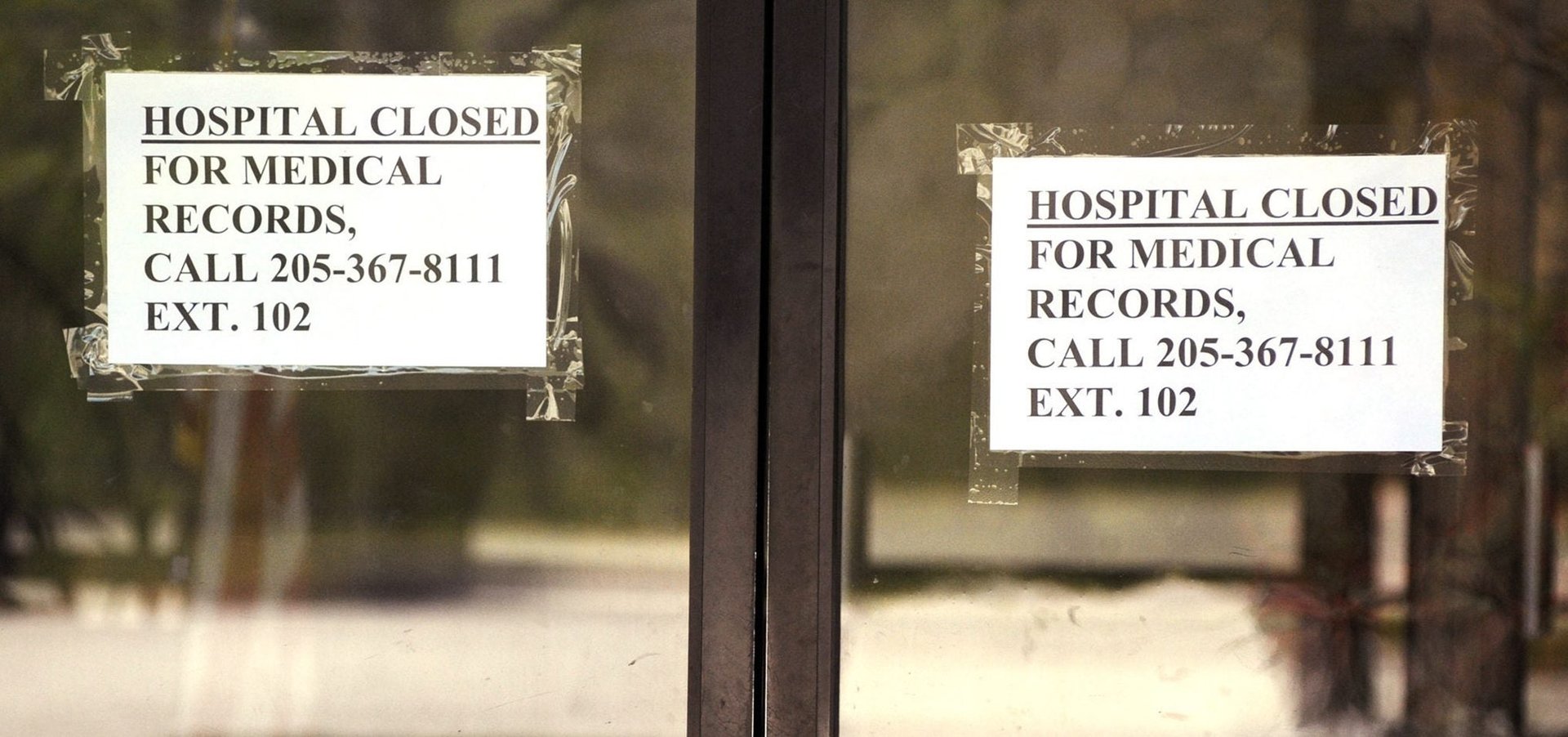Coronavirus is killing rural hospitals. But they were already terminally ill
Of the roughly 2,000 rural hospitals in operation in the US in 2010, more than 100 have closed their doors. So far this year 10 more have closed, four in April alone. Many more—about a fourth of the total in operation today—are at risk of closing.


Of the roughly 2,000 rural hospitals in operation in the US in 2010, more than 100 have closed their doors. So far this year 10 more have closed, four in April alone. Many more—about a fourth of the total in operation today—are at risk of closing.
On average, people living in rural parts of the country live about 17 minutes away from the nearest hospital. But a quarter of them has to travel an average of 34 minutes to get to the nearest emergency room. And that statistic grows with every closure. By comparison, the average distance of urban population from a hospital is about 10 minutes.
While the coronavirus pandemic has definitely hastened the demise of rural hospitals this year, they were already long in dire financial straits and on the brink. Alan Morgan, the CEO of the National Rural Health Association (NRHA), told Quartz that as of Feb. 1, the majority of the country’s rural hospitals had only about a month’s work worth of cash on hand, and many of them were already operating on a loss.
Such precarious finances are a side effect of the US healthcare system, Morgan said, and are inevitable without reform. About 70% of patients at rural hospitals are insured through Medicare and Medicaid, which have a lower reimbursement rate than private insurance. On top of that, rural hospitals are also more likely than urban ones to have to treat people who aren’t able to pay their medical bill at all, Morgan said, either because they are uninsured or because of large deductibles.
“Over the past five years the percentage of bad debt has steadily increased,” Morgan said. “In rural areas, the good news about the Affordable Care Act is it expanded access to insurance, which is wonderful. But the problem is it also gave rise to high deductible insurance plans.”
The Affordable Care Act helped more Americans get health insurance, and as a result those newly-insured Americans have sought treatment. But then they can’t pay for it because the deductible is too high. This doesn’t affect urban hospitals as much because fewer people in urban areas rely on high-deductible insurance plans. These plans are available at a lower cost on the subsidized insurance marketplace, so they are essentially entry level plans for people who can’t afford better coverage.
Even when rural patients are referred to urban facilities, it usually happens after a stay at a rural hospital. The bill for the rural hospital will be paid in large part from the deductible, which is the part the individual can’t afford to pay. By the time the urban hospital comes into the picture, the payments are usually already being made by the insurance company.
Hospitals don’t have much of a way to recover losses if people can’t pay for the services they provide, and so although there are attempts at payment collection, they have to write off the bill as a loss—so-called “bad debt.” Add to this other issues that make rural healthcare harder to provide, including the difficultly of attracting and retaining medical talent, and for many rural hospital keeping the doors open is a Sisyphean endeavor.
It was in this climate that the coronavirus pandemic arrived.
Compared to cities, rural areas have an inbuilt social distancing system that helped them slow the spread of the disease. But rural populations also tend to be in poorer health, and are more likely to have some of the chronic health conditions—such as diabetes, or obesity—linked with more serious cases of coronavirus.
So just like the cities, rural communities went on lockdown. And rural hospitals, in preparation for a spike in coronavirus cases, stopped all non-essential health services. They suspended outpatient care and elective procedures, which make up an average 80% of rural hospitals’ revenue.
And this all even before most of rural America has seen the peak of the pandemic, and endured the cost of treatments.
For providers that, Morgan said, are designed to be effective for primary care and general surgery, a crisis that requires emergency and intensive care is an enormous financial strain. With so few cash reserves, the financial puzzle was simply impossible to solve for the hospitals that have closed in recent months—even with the promised relief from the federal government.
Many of the rural hospitals that have so far held on are likely to find themselves in financial distress in the coming weeks, or after the emergency has passed, raising the need to address the longer term issues.
“The house is on fire right now,” Morgan said, “But at some point we need to figure it out.”